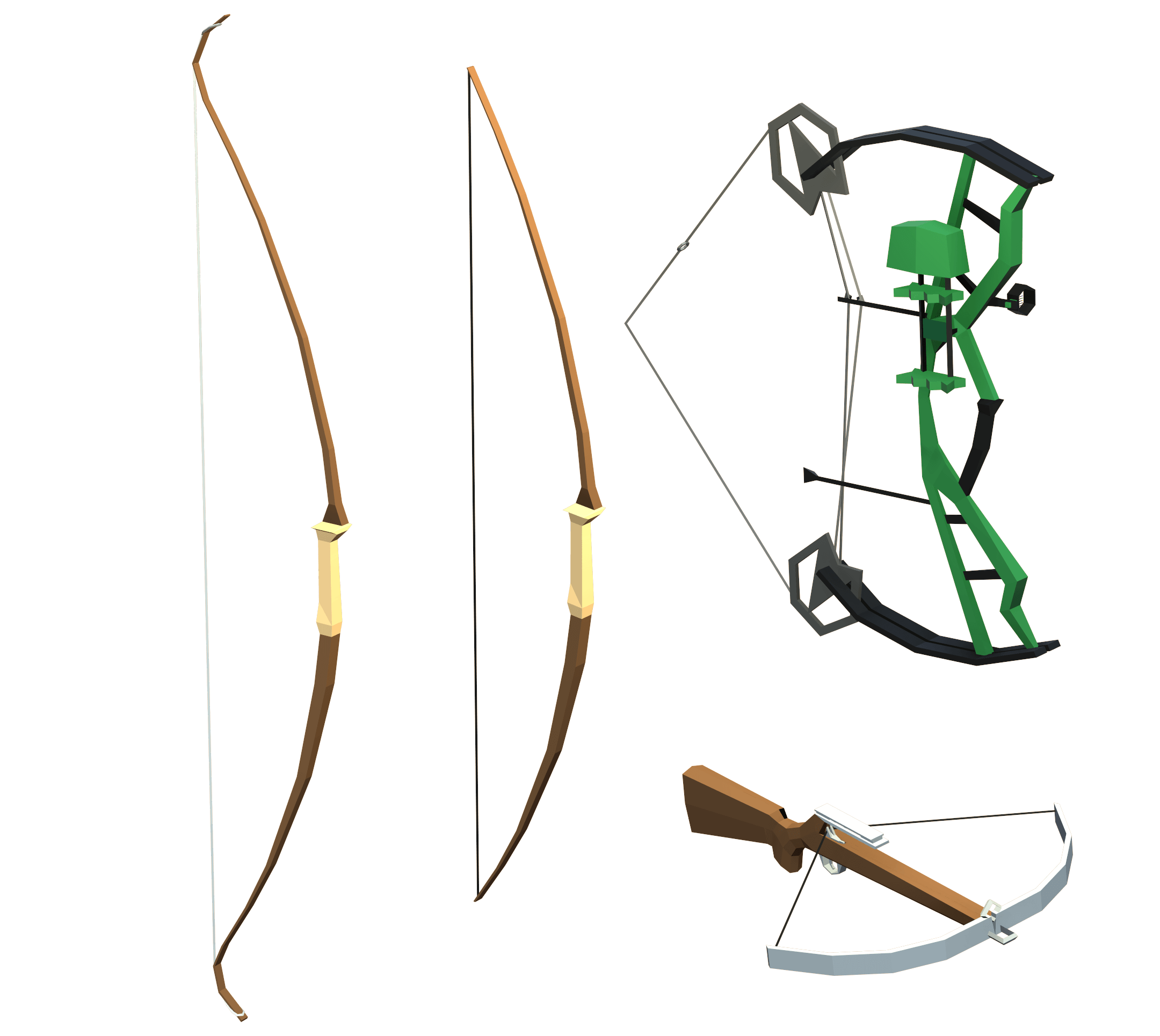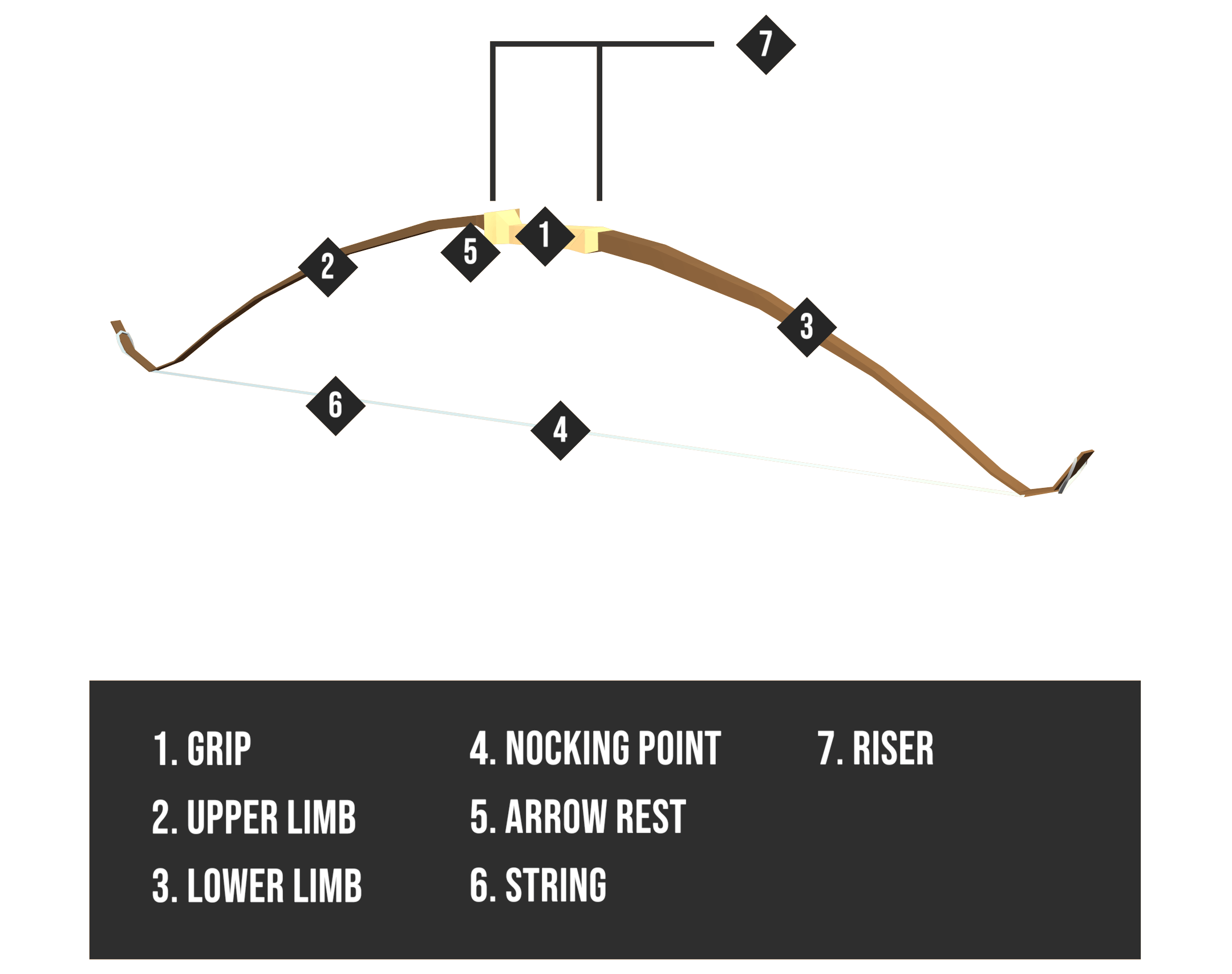What are the 3 most common bows for hunting?
Arrow shooting, which dates back some 50,000 years, can be listed as one of the world's first forms of hunting arms. Cave drawings depict prehistoric man using the bow and arrow for obtaining food.
As firearms developed, man's use of the bow and arrow decreased. However, bowhunting has increased in popularity in recent decades. This is primarily because of the technological advances made in equipment. It is less difficult to become proficient with modern compound bows. The very limited range of all bowhunting equipment presents a unique challenge to the bowhunter.

One of the first and most important considerations of the interested archer or bowhunter is the proper selection of a bow. Proper fit of the bow, along with correct arrow selection is essential to the accuracy and performance of your equipment. When purchasing a bow, seek the advise of an experienced archer or a knowledgeable sales person. Consult your state regulations prior to purchasing bowhunting equipment to determine the legal requirements.
The basics of a bow require that you pull or "draw" the string back to some point which we call "full draw." As you draw the bow, the effort you put into this is stored in the limbs of the bow and is referred to in terms of weight. When you release the string, this stored energy is transferred back to the string and into the arrow, moving it forward.
What are the 3 most common bows for hunting?

1. Long Bow (Stick Bow)

The "traditional" bow or long bow is very straight with no curve in the limbs until the string is attached. It is used by those interested in traditional shooting with little additional equipment. Draw weight increases with the distance the string is pulled. You will be holding the most weight at full draw.
2. Recurve Bow

A recurve is a type of long bow that has both of its ends curved away from the shooter. Recurved limbs can provide more power in a shorter bow than the long bow. Recurves are smooth and quiet shooting bows making them a popular choice. As with the long bow, draw weight increases with the distance the string is pulled.
3. Compound Bow

The compound bow, using a system of cables and pulleys, is the most popular bow for both hunting and target shooting. The greatest advantage of the compound bow is its "draw weight let-off." As you draw the compound bow, you reach the "peak" weight before you come to the full draw. When holding at full draw, the weight you are actually holding is reduced by 50 to 90 percent on modern bows. For example, a 60 pound bow with a 50 percent "let-off" only requires you to hold 30 pounds of draw weight at full draw. This "let-off" feature of the compound bow is favored by bowhunters because it reduces muscle fatigue while the drawn bow is being aimed at game.
A note about crossbows
Regulations regarding the use of crossbows as archery equipment vary from state to state. Contact your local wildlife agency regarding the use of crossbows in your state.
The modern-day bow is built in one of two ways:
1. Solid construction
Made of either wood, aluminum, fiberglass or carbon composite materials.
2. Laminated construction
Made from a combination of wood and fiberglass laminated together.
Draw Weight

As you draw a bow back, the effort required to pull the string is referred to as the weight you are pulling. The draw weight of a bow is calculated by the number of pounds required to draw the bowstring back to full draw length. On long bows and recurve bows, this is measured at 28 inches, although you might actually draw more or less than that. On compound bows, this is measured simply as the peak weight.
Draw Length

The draw length of a bow is the distance the arrow is drawn back before release. To determine your correct draw length, consult with an archery retailer for proper fit.
Hunter safety course
To learn more about bows & arrows, providing you with the necessary expertise for a secure and enjoyable hunting adventure, our hunter safety course meets the Safety Course Standards set forth by the Department of Natural Resources and by the International Hunter Education Association (IHEA).